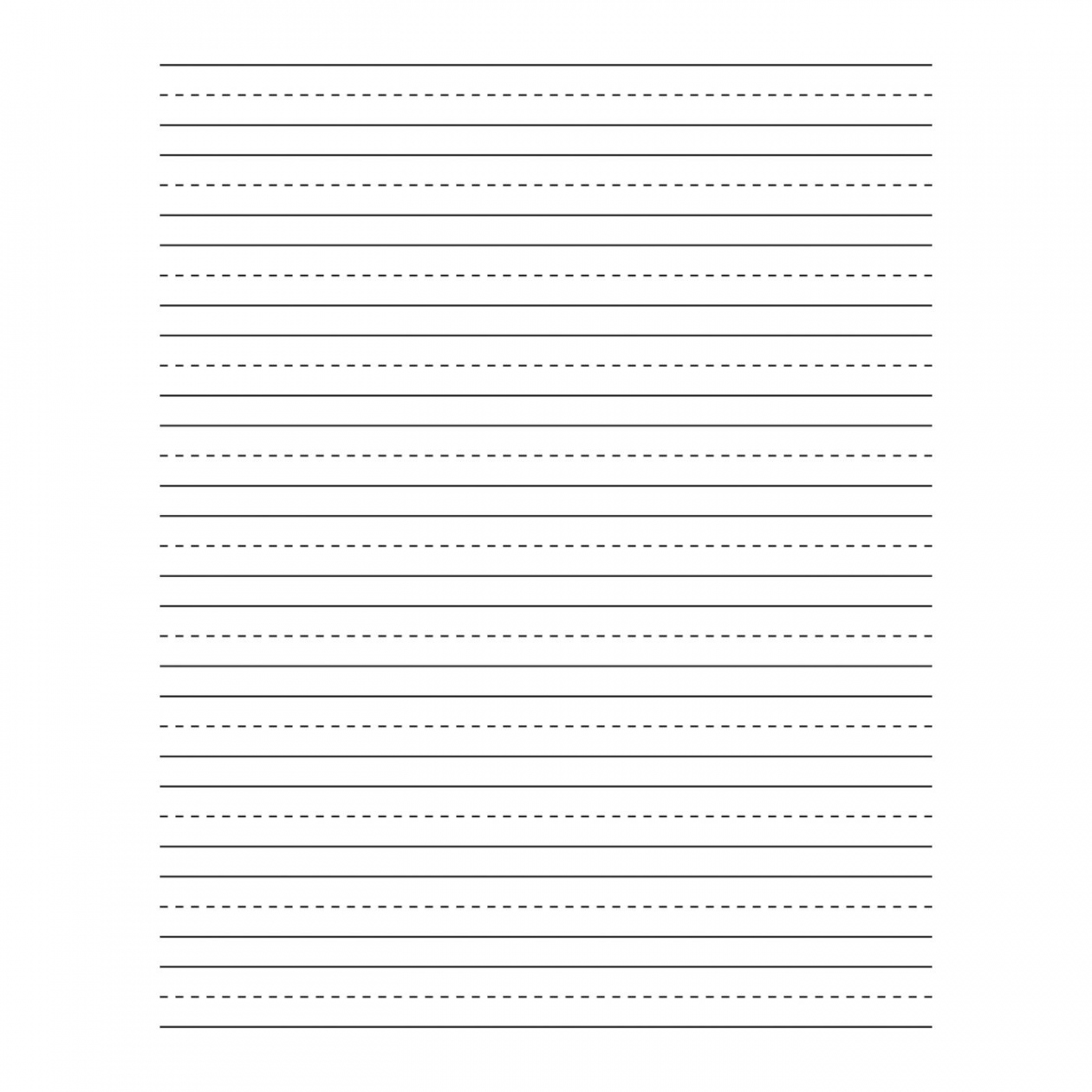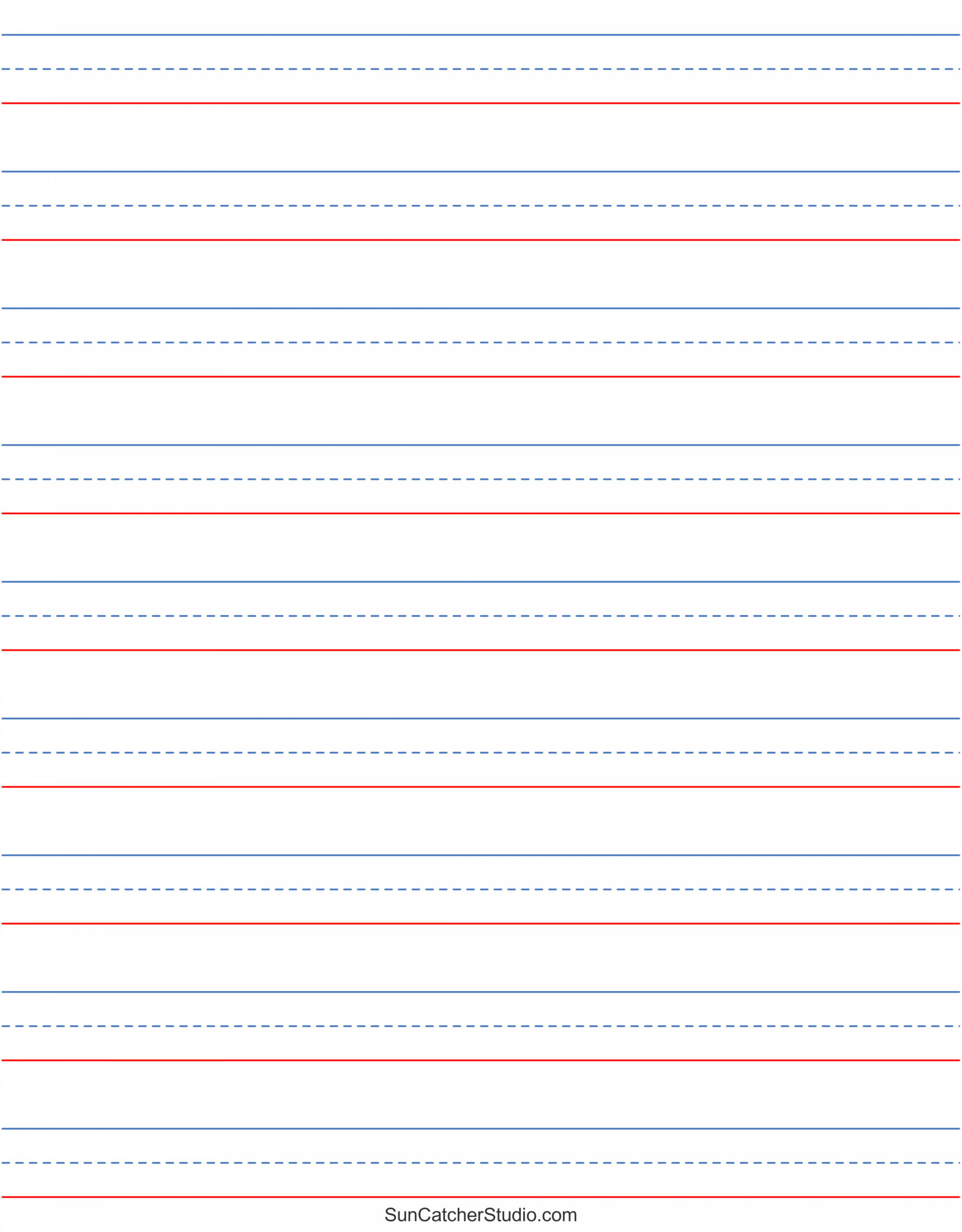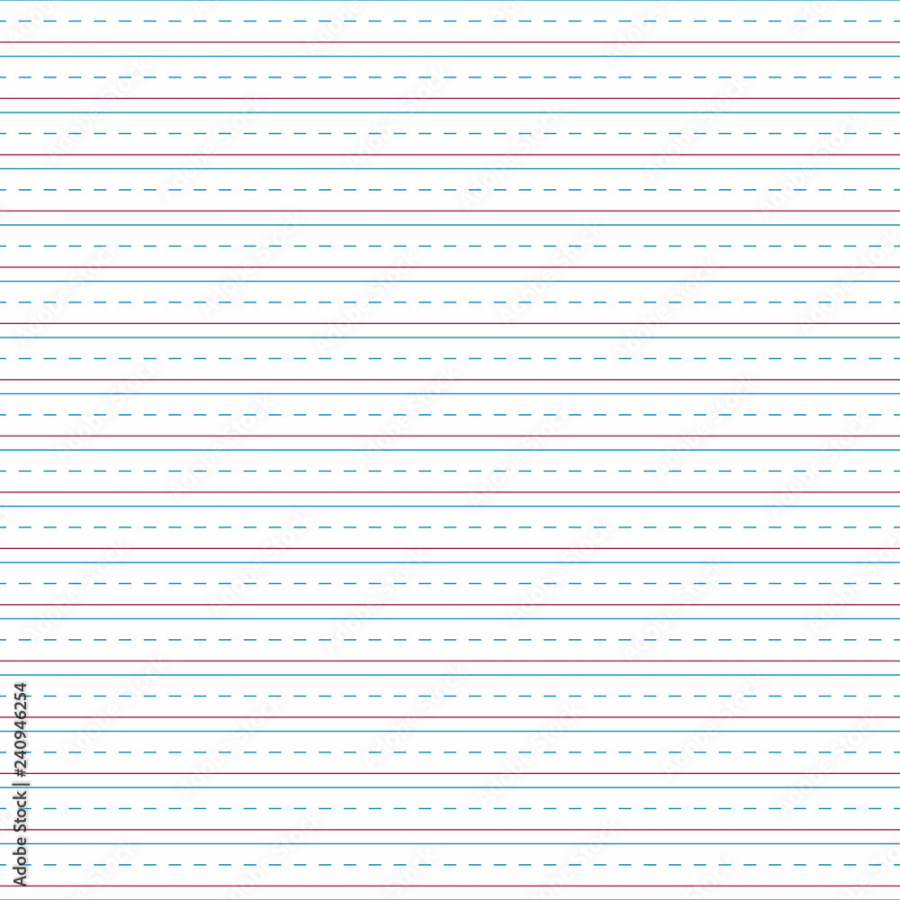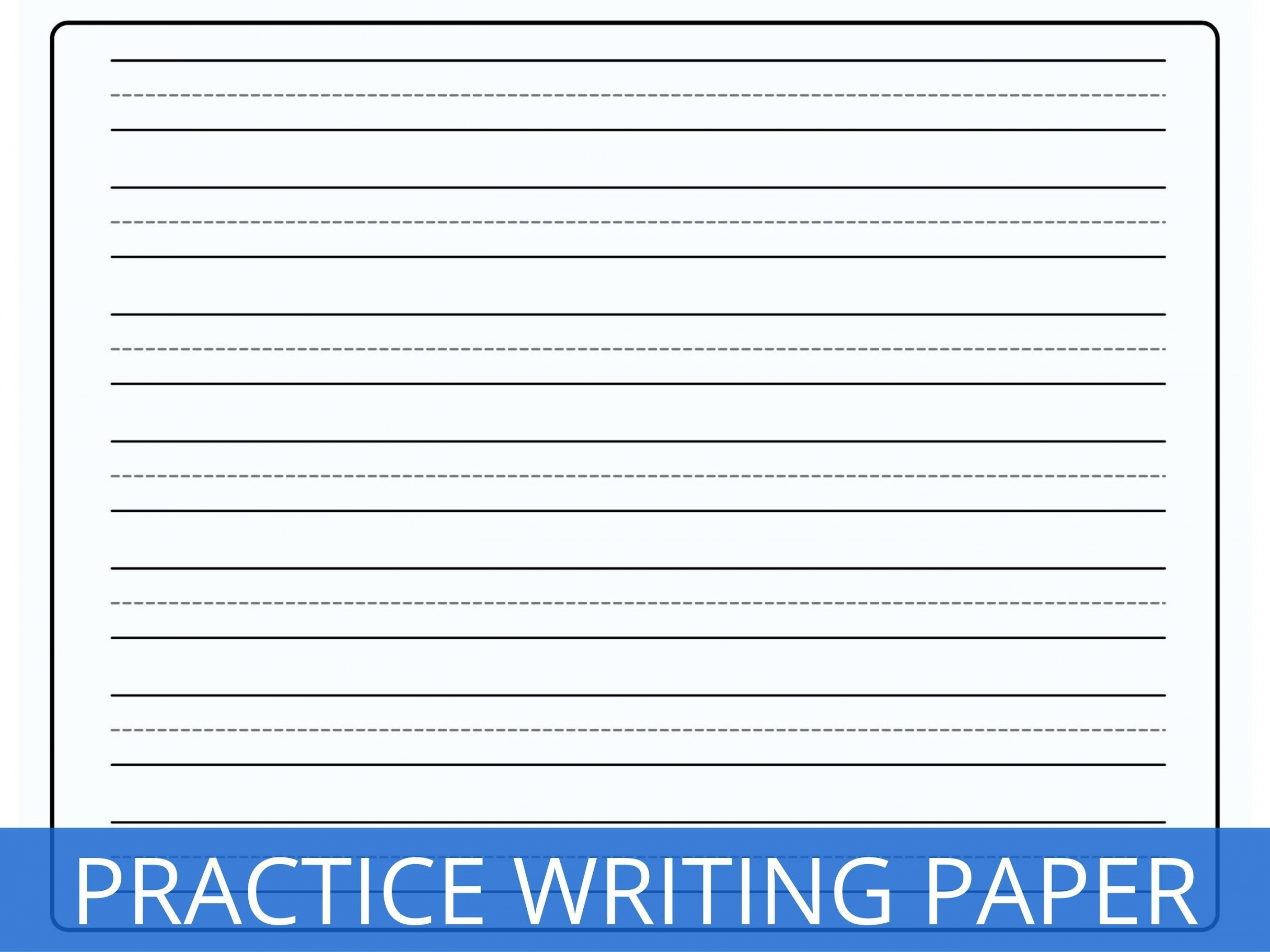Introduction
Handwriting is an essential skill that is taught from an early age, allowing individuals to communicate their thoughts and ideas through written words. To ensure that children and adults alike develop clear and legible handwriting, the use of specialized handwriting paper is crucial. Handwriting paper provides a structured layout that helps individuals maintain consistent letter size, spacing, and alignment. This article will explore the importance of handwriting paper and its various types and features.
The Importance of Handwriting Paper
Handwriting paper plays a vital role in developing and improving one’s handwriting skills. It offers a designated space for writing, allowing individuals to practice letter formation, spacing, and alignment. The structured layout of handwriting paper assists in maintaining consistent letter size and proportions, leading to neater and more readable handwriting.
Benefits of Using Handwriting Paper:

Enhanced Legibility: The guidelines on handwriting paper help individuals write neatly and legibly, making their written words easier to read and comprehend.
Promotes Consistency: The consistent spacing and alignment provided by handwriting paper foster a sense of uniformity in one’s writing, resulting in a more professional appearance.
Aids Letter Formation: Handwriting paper guides individuals to form letters accurately, ensuring proper stroke order and proportionality.
Improves Handwriting Speed: With continued practice on handwriting paper, individuals can develop greater speed and efficiency in their writing.
Assists in Learning: Handwriting paper is particularly useful for children who are learning to write. The guidelines serve as visual cues that aid in understanding and following writing patterns.
Types of Handwriting Paper

Handwriting paper comes in various types, each catering to different writing needs and skill levels. Let’s explore some common types of handwriting paper:
1. Primary Handwriting Paper:
Primary handwriting paper is specifically designed for young children who are just beginning to learn how to write. It often features larger spaces between lines and bold lines to help children form letters accurately. This type of paper assists children in developing proper letter size and shape.
2. Intermediate Handwriting Paper:

Intermediate handwriting paper is suitable for children who have progressed beyond the beginner stage but still require guidance in letter formation and spacing. It typically has narrower line spacing than primary handwriting paper, encouraging children to write with smaller letters while maintaining consistency.
3. Cursive Handwriting Paper:
Cursive handwriting paper is designed specifically for individuals learning or practicing cursive writing. It includes guidelines that assist in forming cursive letters with proper slant and connectivity. Cursive handwriting paper helps individuals develop fluidity and elegance in their writing.
4. College-Ruled Handwriting Paper:

College-ruled handwriting paper is commonly used by older students and adults. It features narrower line spacing, providing ample writing space for more content per page. College-ruled paper is ideal for those aiming to improve their handwriting or maintain a consistent writing style.
5. Specialty Handwriting Paper:
Specialty handwriting paper caters to specific needs, such as calligraphy or specific letter formations. This type of paper may have unique guidelines or grids to assist individuals in mastering particular writing styles or techniques.
Features to Consider
When choosing handwriting paper, several features should be considered to ensure it suits the individual’s needs:
1. Line Spacing:
The line spacing of the handwriting paper should be appropriate for the writer’s skill level. Beginners may benefit from larger spacing, while more advanced writers may prefer narrower lines for smaller, more precise writing.
2. Margin Size:
The margin size provides space for annotations or additional notes. It is important to consider the desired margin size, depending on the purpose of the writing or any specific requirements.
3. Paper Size:
Handwriting paper comes in various sizes, such as letter-size or A4. The choice of paper size depends on personal preference and the intended use of the written work.
4. Paper Weight:
The weight of the paper affects its durability and feel. A heavier weight paper may be preferred for more formal or important documents, while lighter weight paper may be suitable for everyday practice or casual writing.
5. Additional Features:
Some handwriting paper may include additional features like perforations for easy tear-out, pre-printed headers or footers, or special coatings for smoother writing experiences.
Conclusion
Handwriting paper serves as a valuable tool in developing and refining one’s handwriting skills. By providing guidelines for consistent letter formation, spacing, and alignment, handwriting paper helps individuals produce legible and professional-looking written work. Whether it’s for beginners, cursive writing practice, or advanced writers, choosing the right type of handwriting paper with suitable features can greatly contribute to the improvement of one’s penmanship. So, let’s embrace the benefits of using handwriting paper and make our writing endeavors a joyous and rewarding experience!
Free Printable Marathon: More to Come…
Copyright Notice:
We display images sourced from the internet, and the copyrights belong to their original owners. If you wish for an image to be removed due to copyright, please email us.